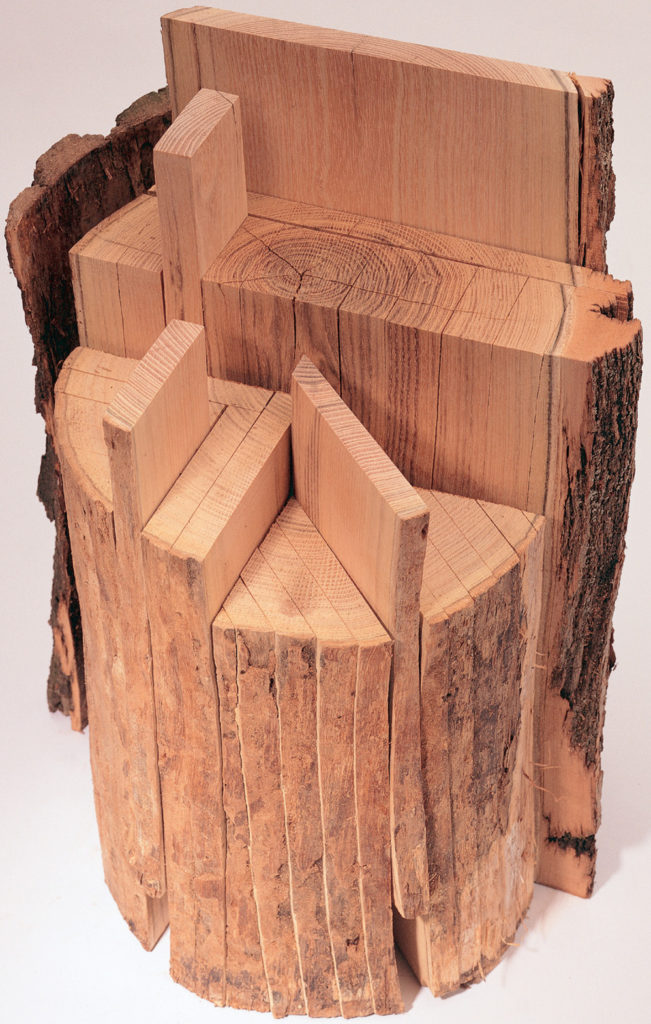We may receive a commission when you use our affiliate links. However, this does not impact our recommendations.
 by Nick Engler
by Nick Engler
Wood is a cantankerous substance; there’s no two ways about it. Its virtues, of course, are legendary. It’s attractive, abundant and easy to work. Pound for pound, it’s stronger than steel. If properly finished and cared for it will last indefinitely. But none of that makes up for the fact that it’s a complex and often perplexing building material.Unlike metals and plastics, whose properties are fairly consistent, wood is wholly inconsistent. It expands and contracts in all directions, but not at the same rate.It’s stronger in one direction than it is in another. Its appearance changes not only from species to species, but from log to log — sometimes board to board.That being so, how can you possibly use this stuff to make a fine piece of furniture? Or a fine birdhouse, for that matter? To work wood — and have it work for you — you must understand three of its unique properties:
• Wood has grain.
• Wood moves more across the grain than along it.
• Wood has more strength along the grain than across it.
Sounds trite, I know. These are “everyone-knows-that” garden-variety facts. But there is more grist here for your woodworking mill than might first appear.
Wood Has Grain
As a tree grows, most of the wood cells align themselves with the axis of the trunk, limb or root. These cells are composed of long thin bundles of fibers, about 100 times longer than they are wide. This is what gives wood its grain direction.Additionally, a tree grows in concentric layers, producing annual rings. You must pay close attention to these two characteristics — grain direction and annual rings — the way a sailor watches the wind. Ignore them, and they’ll bite you bigtime.Sawyers commonly use two methods to cut trees into boards, each revealing a different type of grain.
• Plain-sawn boards are cut tangent to the annual rings. The sawyer “cuts around”the log, turning it for each series of cuts so the faces of the boards will show mostly flat grain (also called tangential or plain grain).
• Quartersawn boards are cut through the radius of the growth rings. The sawyer cuts the logs into quarters or bolts, and then saw each bolt so the boards show quarter grain (or radial grain) on their faces.
Lumber doesn’t always show a single type of grain on its face. Plain-sawn boards in particular may show mixed grain — flat grain in one area and quarter grain in another. The grain between the two, where the surface is cut at a 30- to 60-degree angle to the annual rings, displays rift grain.Each type of grain has a distinct pattern, depending on the wood species.You can use these grain patterns to enhance the design of your furniture or your bird-houses. More importantly, if you know how to “read” the patterns, you can predict which way the wood will move and how much.
For the full article (from the June 2000 issue of Popular Woodworking Magazine), click the title below:
TheWayWoodWorks
Here are some supplies and tools we find essential in our everyday work around the shop. We may receive a commission from sales referred by our links; however, we have carefully selected these products for their usefulness and quality.









Nick Engler has written about 60 books on woodworking. His knowledge is vast. I wish that we could hear more from him.